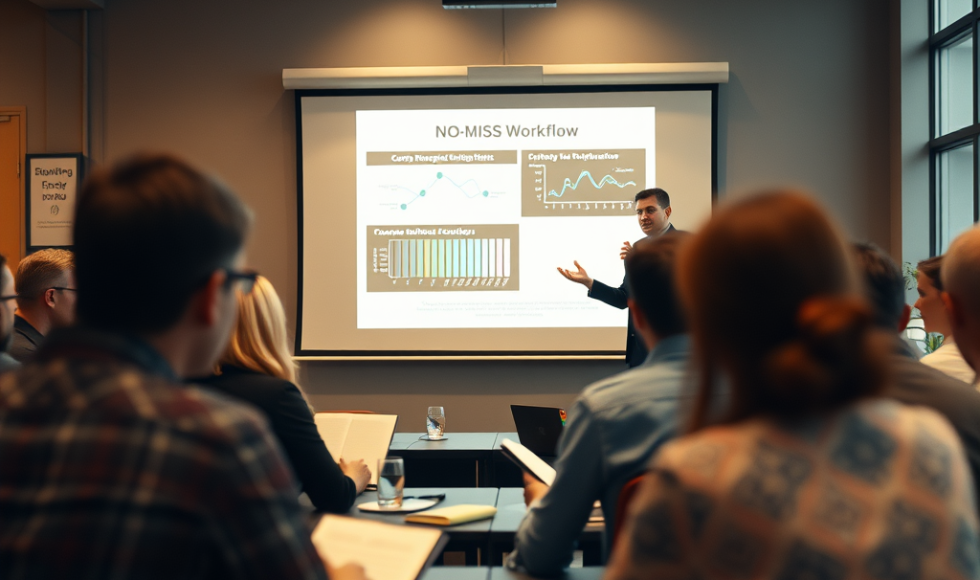We hosted a bioinformatics workshop with Oxford Nanopore Technologies specialists! It was fun to learn about EPI2ME updates. Tonight, I watched the beginning of a new Knowledge Exchange session focusing on “Sequencing and analysis of nanopore-only microbial isolates with the NO-MISS workflow.” The webinar began with a review of the applications related to microbial isolate whole genome sequencing (WGS). Applications include rapid species identification, antimicrobial resistance (AMR) profiling, virulence factor identification, serotyping/subtyping, outbreak tracking… Adoption has been limited because of the expense, high sample batching, low turnaround time, and assembly challenges. Historically, short-read assemblies were difficult to resolve. Next, hybrid approaches were used in which short and long reads were needed for assemblies. Now, long-read-only assemblies are possible! Oxford Nanopore Technologies (ONT) released the “Nanopore-Only Microbial Isolate Sequencing Solution (NO-MISS),” which has been beneficial. NO-MISS is rapid, cost-effective, and used to obtain complete microbial genome sequencing solutions. Batching on MinION and PromethION flow cells reduces the price. Ryan Wick published and also wrote a post on bacterial genomes with high consensus accuracy. NO-MISS begins with obtaining DNA from isolates! The webinar listed automated options as well as enzymatic lysis. It is “crucial” to remove proteins and potential contaminants. Bead beating is a straightforward approach. A vortexing motion is used along with beads to lyse bacterial and fungal cells. After lysis, cleanup and removal of non-DNA materials are important. The next approach ONT listed was enzymatic lysis. The selection of lysis enzymes is important and dependent on the organism. CTAB is used to improve lysis and increase the purity of extracted DNA. ONT recommended the automation of the Promega Maxwell. The NEB Monarch gDNA was the recommended kit for a manual approach. Alternatives included the QIAGEN DNeasy Ultraclean Microbial. I will have to look into this last kit since it can be automated on the QIAGEN QIAcube. ONT noted that for enzymatic approaches, you would expect a yield between 15-33 Gbases and a read length range between 7-15 kb with a yield ranging from 15-20 ng/ul. For bead beating approaches, they noted you can expect 15-20 Gbases with a read length between 407 kb and assembly contiguity depending on coverage. The assembly contiguity is best for enzymatic approaches, but the DNA yield is higher with bead beating (100-200 ng/ul). The difference in DNA yield is due to cell mass input: with enzymatic lysis, you often need to include fewer cells. The comparison was helpful, and I will keep the input cell mass in mind so as not to overload enzymatic extractions.



